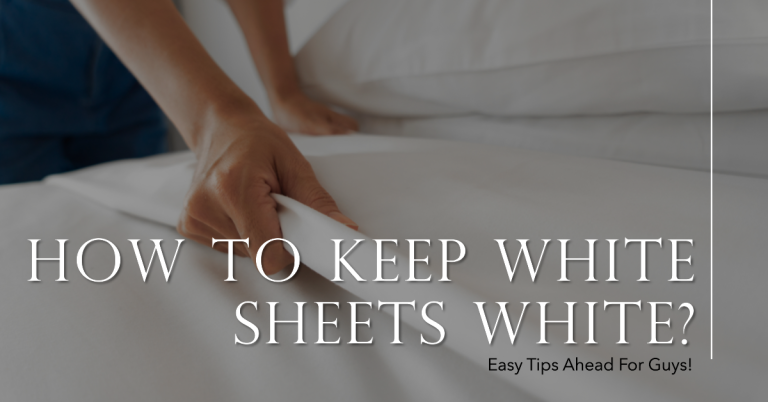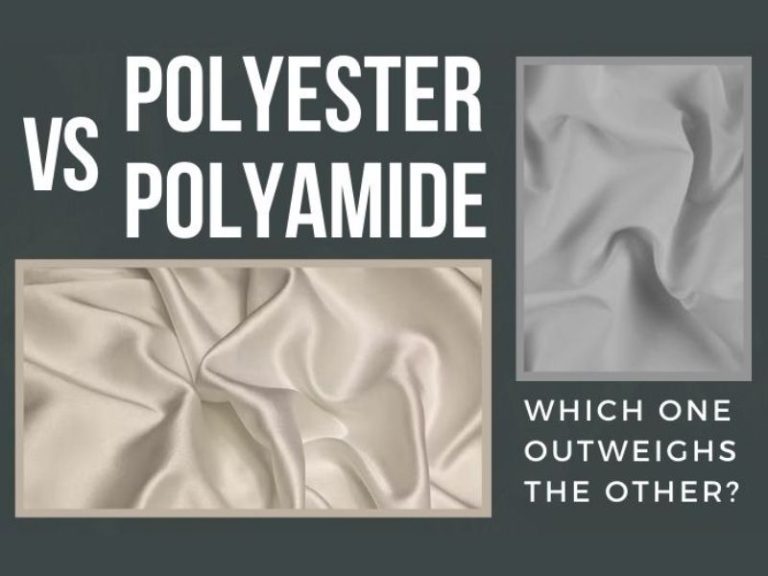Polyester vs Microfiber are two popular materials for a wide range of textiles.
Polyester is popular in garments, bedclothes, blankets, and other home furnishings. On the other hand, people use microfiber in household materials, including bed sheets, towels, pillowcases, and cleaning cloths.
In this post, we’ll go through the differences between microfiber and polyester in further detail. We’ll also look at the attributes of both materials, as well as the benefits and drawbacks of each. Then, you can opt for your favorite.
What Are Microfiber And Polyester Fabrics?
Microfiber Fabric
Microfiber is a synthetic fiber that is finer than silk. This fiber can have various properties based on the strands used to make it. As a consequence, you get a highly flexible material with a lot of benefits over organic woven textiles.
This synthetic material may not appear to be as environmentally friendly as natural fabrics. However, there is no pesticide employed in microfiber production. The dyeing process doesn’t include any water, meaning less waste.
In this aspect, this fiber is more eco-friendly than cotton, which needs a lot of water for dyeing
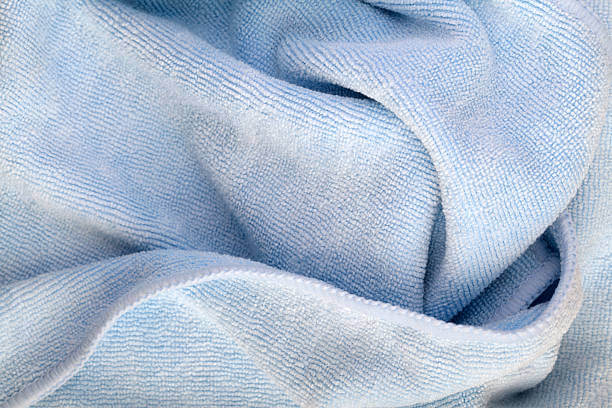
Polyester Fabric
Polyester is the most common synthetic fabric used to produce microfiber. Nylon and other types of polyamides, on the other hand, can also join the manufacturing process, depending on the final use.
Polyester does not refer to a specific fiber. It contains polymers, and thus it is a sort of plastic. This material simply refers to the intertwining of many esters inside the fibers. The interaction of alcohol and carboxylic acid will form the esters.
The polyester fibers are incredibly thick and robust. They are huge strands that are firmly woven, producing a sturdy textile that is resistant to stains and dirt.
Polyester is helpful for manufacturing clothing in harsh conditions since it can retain its shape.

How Are Differences Between Microfiber Vs Polyester?
These two materials are both synthetic fibers. As a result, they come with specific properties depending on their manufacturing. Check the list of features below to know how these fabrics are different:
Breathability
Both fibers are breathable. Polyester is a light material, yet the tight weave of the strands prevents moisture from gathering.
Although polyester isn’t very breathable, its moisture-wicking properties keep it from being soaked with sweat and water. This feature is one of the reasons why this material is so standard in athletic and sportswear.
On the other hand, the threads in microfiber are finer but still not as tightly knit as polyester. Hence, this fabric is somewhat more absorbent than its competitor.
Thanks to their breathability, microfiber clothes are a brilliant option for bed sheets. It prevents one’s sleep from becoming too hot. It does not, however, drain out moisture as efficiently.
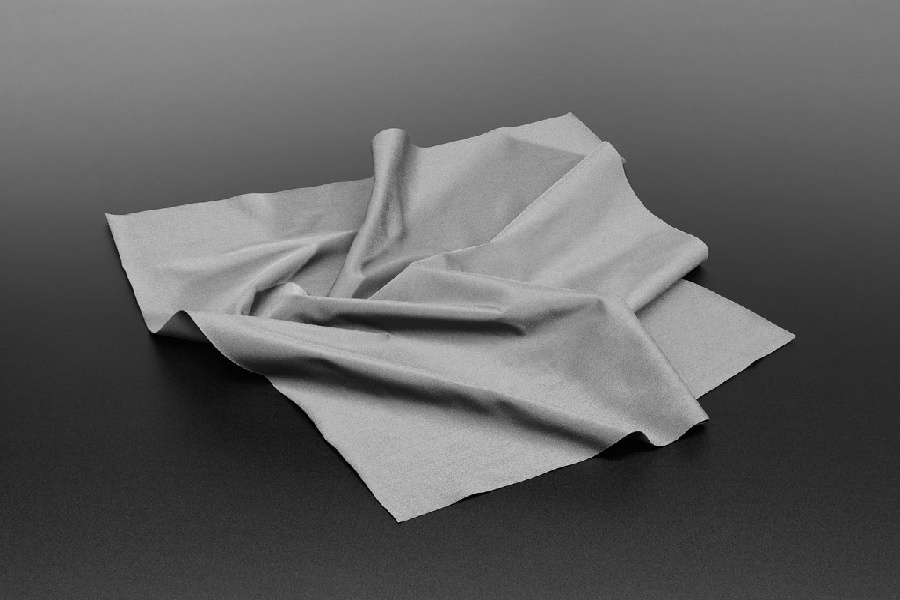
Durability
Polyester is robust, making it one of the most sturdy materials available. It’s anti-shrink, anti-wrinkle, and anti-stain. Its textiles can last for a long time if properly cared for.
Because this material resists wrinkling, shrinking, and stretching, it is a preferred option for its durability. Polyester is also renowned for keeping its shape and color after several washes.
Microfiber is more durable in terms of its resistance to abrasion and stretching. It is also less likely to fade or wrinkle than other fabrics.
In general, polyester and microfiber are both sturdy, long-lasting materials that, with the right care and preservation, may offer prolonged wear.
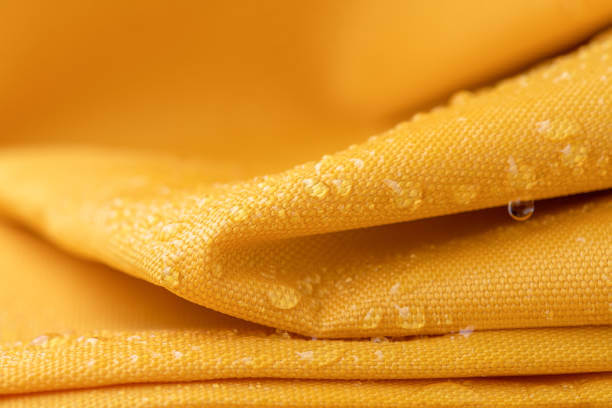
Softness
If we talk about softness level, microfiber is generally considered to be softer than polyester thanks to its fine fibers. These fine fibers create a fabric that is softer to the touch and has a smoother texture.
The fabric may initially feel rough, especially when it is new, or you have never washed it. Yet, it will ease after a few washes.
On the other hand, polyester may be made to feel softer and cozier by brushing it or applying a particular finish. However, in general, polyester textiles might feel stiffer and less pleasant on the skin than microfiber and are not as soft.
Warmth
Both of these materials are quite warm. While polyester may feel cooler, it really collects air and prevents it from flowing around.
Although microfiber may not feel as cool, its smoothness helps retain air inside.
Both textiles can retain heat, but the microfiber sheets are famous for keeping you comfortable and warm while sleeping.
Ease of care
Both fibers are easy to maintain, but each has its own set of restrictions.
When you expose polyester sheets to high temperatures, they can become degraded. As a result, it would help if you avoided washing it in hot water and dried it in direct sunlight.
As microfiber contains polyester fibers, you should launder it with the same attention. You are giving these sheets the best care if you launder them with the normal cycle in the washing machine. Both cool and warm water work well.
Polyester is extremely shrink-resistant, and microfiber is less resistant. However, they can’t endure extreme heat; you should let them dry naturally or dry them on medium or low heat in the dryer.

Cost
Both polyester and microfiber sheets are low-cost textiles. Since synthetic fabrics are mass-produced with chemicals, they are often less expensive.
Microfiber fabrics are a little more expensive than their competitors because of their production. Yet, these fabrics still have a lower price when compared with other natural fibers, such as linen or cotton.
Applications
People use polyester or polyester hybrids to make almost anything, such as blankets, bedding, or household products, particularly those intended for sportswear.
Microfiber is common in home textiles. Bedding or cleaning clothes are the most typical applications. Besides, microfiber’s delicacy and lack of lint make it ideal for cleaning objects since it won’t damage or leave any residue.

What Applications Of Polyester And Microfiber Fabric?
The answer varies depending on what you look for in these polyester and microfiber sheets. Here are some typical cases to consider:
Sofa
Sofas made of these materials are excellent during the winter since they keep you warm and are pretty sturdy. Microfiber fabric has the benefit of being simple to wash due to its water-absorbent features.
Microfiber is an excellent option if you are looking for a higher-quality feel on your upholstered furniture. You can see microfiber fabric on high-end sofas.
Polyester fabric is an excellent choice for furnishing your entire home on a tight budget. Your couches will be cozy, stretchy, and long-lasting, as well as be able to keep them dry.
Shirt
The differences between these fabrics are less noticeable when it comes to shirts. Both of them are incredibly long-lasting, water-resistant, and comfortable.
Microfiber cloths may be a better option if you prefer a silky smooth feel and a little more ventilation. Regarding sportswear, shirts made of polyester sheets or polyester hybrids may be a better option.
They’re a little thicker and less sweat-absorbent. Hence, they’ll help you sweat out those extra toxins and calories.
Bedding
Thanks to its sturdiness and wrinkle resistance, polyester is frequently employed. They are a well-liked option for bedding that requires minimal maintenance since they can survive repeated washing and drying without losing their shape or color.
Contrarily, microfiber textiles are renowned for their softness, breathability, and moisture-wicking qualities. They are frequently used for bedding items like pillows, comforters, and sheets that call for a plush and cozy feel.
Additionally, microfiber textiles are a fantastic option for anyone with allergies or sensitive skin because they are hypoallergenic and resistant to dust mites and other allergens.
Our conclusion :
| Features | Microfiber | Polyester |
| Breathability | Absorbent, ideal for sleep. | Moisture-wicking, good for sportswear. |
| Durability | Resistant to abrasion; less likely to fade. | Robust; retains shape/color after washes. |
| Softness | Generally softer; improves with washes. | Might feel stiffer; can be made softer. |
| Warmth | Keeps sleepers warm. | Warm due to air retention. |
| Care | Launder in cool/warm water; avoid high heat. | Avoid hot wash; dry on medium/low. |
| Cost | Slightly pricier than polyester. | Affordable due to mass production. |
| Applications | Bedding and cleaning clothes. | Varied: from bedding to sportswear. |
Can Polyester vs Microfiber irritate Skin Conditions Or Allergies?
With the rising popularity of synthetic fibers like polyester and microfiber, a pressing question emerges: Can these fabrics irritate skin conditions or allergies?
Polyester, a synthetic fiber made from petrochemicals, boasts durability and affordability. Polyester’s tight weave makes it less breathable compared to natural fabrics. This can lead to trapped sweat and increased potential for skin irritation, especially in those with sensitive skin.
On the other hand, thanks to its fine texture, microfiber generally feels softer against the skin, reducing potential irritation. This gentleness makes it a preferred choice for those with sensitive skin.
While individual experiences can vary, polyester, due to its less breathable nature and potential chemical residues, might have a slightly higher rate of irritating skin conditions or triggering allergies compared to microfiber.
Polyester vs. Microfiber in Stain Resistance
Polyester, with its non-porous synthetic nature, often repels stains, making them easier to clean. It can also withstand a variety of cleaning agents, providing an edge in tackling stubborn spots.
On the other hand, microfiber, known for its plush softness, boasts a dense structure that effectively repels liquids. However, its fine fibers can sometimes hold onto stains if not addressed promptly.
Overall, while both materials offer commendable stain resistance, polyester might have a slight advantage due to its resilience and cleaning ease.
Conclusion
Because microfiber has polyester fabric in its composition, the two materials are quite similar but differ in a few features.
Overall, both are quite affordable and long-lasting, so it all comes down to personal preference. You can follow our guide to choosing suitable items that are made from these fabrics.
Hopefully, you will find this article helpful. If you need any further information, please feel free to ask.
Thank you for being interested in the post!
FAQs
Polyester isn’t watertight, but it does repel moisture. Although this fabric is not waterproof, it is quite absorbent. Polyester microfiber effectively captures moisture and germs. Microfiber absorbs moisture seven times its weight, which is a terrific characteristic for those who are sensitive to hygiene.
The sheets may make people sweat, but several companies have discovered ways to alleviate this problem. Apart from that, these fabrics are as good as or better than specific cotton sheets at draining perspiration. Natural fabrics absorb moisture, but synthetic fibers can wick it away.
In terms of durability, microfiber and polyester are strong and long-lasting fabrics. However, microfiber may be more durable in terms of its resistance to abrasion and stretching, while polyester may be more durable in terms of retaining its shape and color over time.


